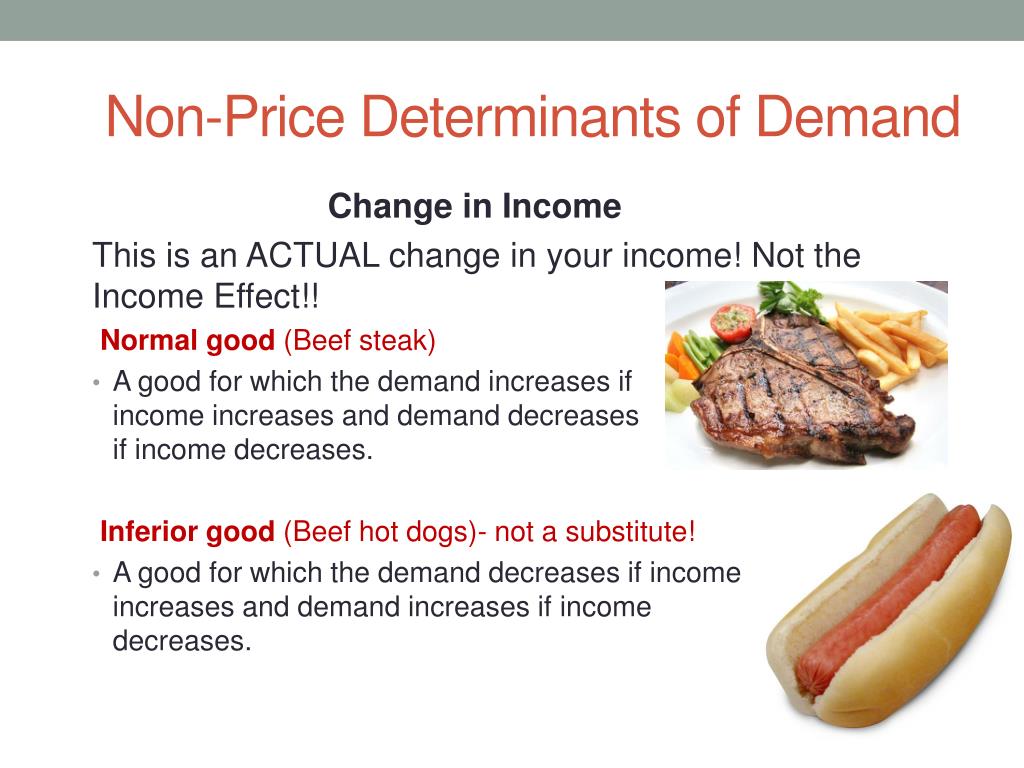How Do Non Price Determinants Affect Demand

Imagine the price of your favorite coffee staying exactly the same, yet suddenly, the local cafe is packed, lines stretching out the door. Or conversely, picture gas prices remaining stable, but the number of cars on the road dwindles. These scenarios highlight a fundamental economic principle: demand isn't solely dictated by price. It's a complex interplay of factors beyond the monetary cost that truly shapes consumer behavior.
This article delves into the often-overlooked realm of non-price determinants of demand. These forces, ranging from consumer income and tastes to the prices of related goods and expectations about the future, exert a significant influence on the quantity of goods and services consumers are willing and able to purchase. Understanding these determinants is crucial for businesses, policymakers, and anyone seeking to grasp the dynamics of modern markets.
Understanding the Demand Curve: A Quick Review
Before exploring the non-price determinants, it's important to revisit the basic concept of the demand curve. This curve illustrates the inverse relationship between the price of a good or service and the quantity demanded, assuming all other factors remain constant. A change in price causes a movement *along* the demand curve, representing a change in the quantity demanded.
However, the non-price determinants cause the entire demand curve to shift. A shift to the right indicates an increase in demand (more is demanded at every price), while a shift to the left signifies a decrease in demand (less is demanded at every price).
Key Non-Price Determinants of Demand
Several factors can cause a shift in the demand curve. Let’s explore some of the most influential:
Consumer Income
Income plays a pivotal role in shaping consumer purchasing power. For most goods and services, known as normal goods, an increase in income leads to an increase in demand at all price levels. As consumers earn more, they are more willing and able to purchase a greater quantity of these goods.
Conversely, a decrease in income typically leads to a decrease in demand for normal goods. However, there are also inferior goods. For these goods, demand decreases as income increases, and vice versa. Think of generic brands or bus travel - consumers might switch to premium brands or personal vehicles as their income rises.
Tastes and Preferences
Consumer tastes and preferences are inherently subjective and heavily influenced by factors like advertising, cultural trends, and personal experiences. A sudden surge in popularity for a particular product, driven by a celebrity endorsement or a viral social media campaign, can significantly increase demand, shifting the demand curve to the right.
Conversely, negative publicity or changing cultural norms can diminish demand, shifting the curve to the left. Companies invest heavily in marketing and branding to shape consumer preferences in their favor.
Prices of Related Goods
The prices of related goods can also have a substantial impact on demand. These goods can be categorized as either substitutes or complements. Substitutes are goods that can be used in place of each other, such as coffee and tea. If the price of coffee increases, the demand for tea may rise as consumers switch to a more affordable alternative.
Complements, on the other hand, are goods that are typically consumed together, such as cars and gasoline. If the price of gasoline increases, the demand for cars, especially gas-guzzling models, might decrease as the overall cost of driving rises. Understanding these relationships is crucial for businesses to anticipate how changes in the market might affect their own products.
Consumer Expectations
Consumer expectations about future prices, income, or availability of goods can significantly influence current demand. If consumers expect the price of gasoline to rise sharply next week, they might rush to fill their tanks today, increasing current demand.
Similarly, if consumers anticipate an economic recession and potential job losses, they might reduce their spending and save more, leading to a decrease in demand for many goods and services. These expectations can be self-fulfilling prophecies, as widespread anticipation of price increases can actually drive prices up, and vice versa.
Size and Composition of the Population
The size and composition of the population are also important determinants of demand. A larger population generally translates to a greater demand for most goods and services. Similarly, changes in the demographic makeup of the population can shift demand patterns.
For example, an aging population might lead to increased demand for healthcare services and retirement communities, while a growing number of young families might increase demand for childcare and educational resources. Businesses must adapt their strategies to meet the changing needs of their target markets.
Impact and Implications
Understanding these non-price determinants is essential for businesses in several ways. It allows for better forecasting of demand, which in turn helps with production planning, inventory management, and pricing strategies. Companies that can accurately anticipate shifts in demand are better positioned to compete effectively and maximize profits.
Policymakers also need to consider these factors when formulating economic policies. For example, government stimulus packages aim to increase consumer income and spending, thereby boosting demand and stimulating economic growth. Similarly, policies aimed at improving consumer confidence can help to mitigate the negative effects of economic downturns.
Looking Ahead
The importance of non-price determinants of demand is only likely to grow in the future. The rise of e-commerce and social media has made consumers more informed and connected, giving them greater access to information about products, prices, and alternative options. This increased transparency has empowered consumers and made them more sensitive to changes in tastes, preferences, and expectations.
Businesses must invest in data analytics and consumer research to stay ahead of these trends and adapt their strategies accordingly. Furthermore, they need to build strong brands and cultivate positive relationships with their customers to foster loyalty and withstand the ever-changing dynamics of the market.
In conclusion, while price undoubtedly plays a crucial role in determining demand, the non-price determinants are the silent shapers of consumer behavior. Recognizing and responding to these factors is not just a matter of economic understanding; it's a necessity for survival in the modern business landscape.
"Ignoring these determinants is like navigating a ship without a compass,"says Dr. Anya Sharma, a leading economist at the University of Global Economics. Only by understanding these forces can businesses and policymakers truly navigate the complexities of the market and achieve sustainable success.

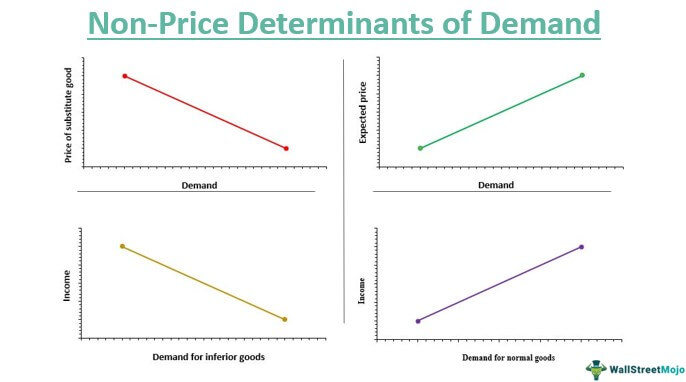
.jpg)
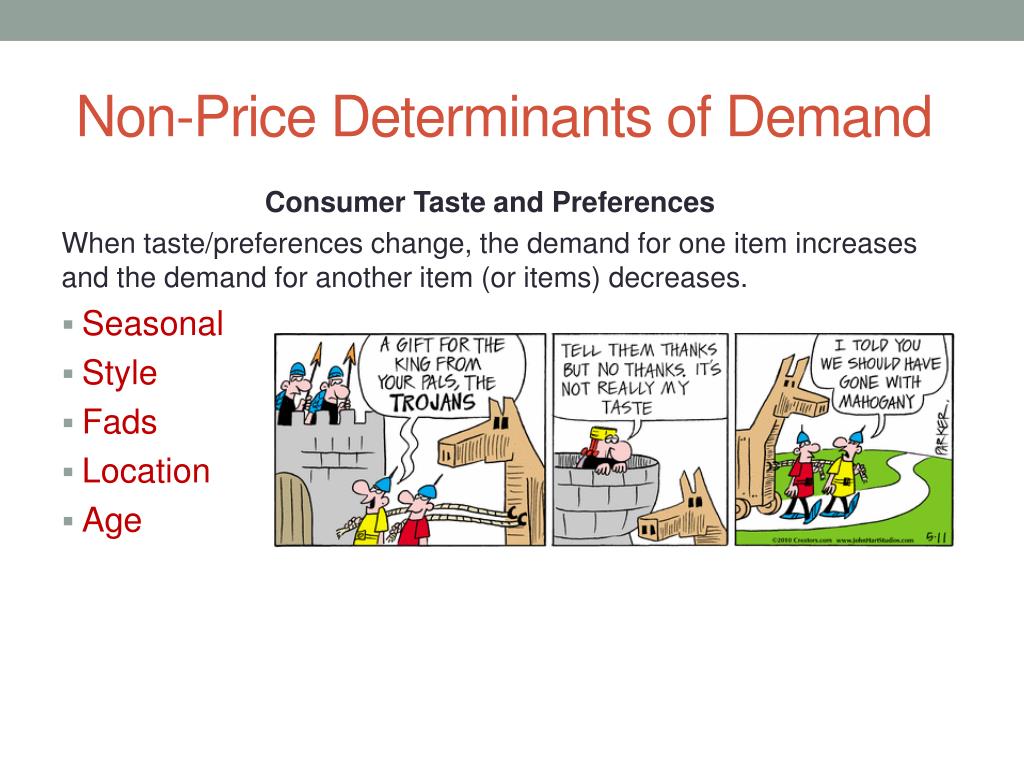



.jpg)
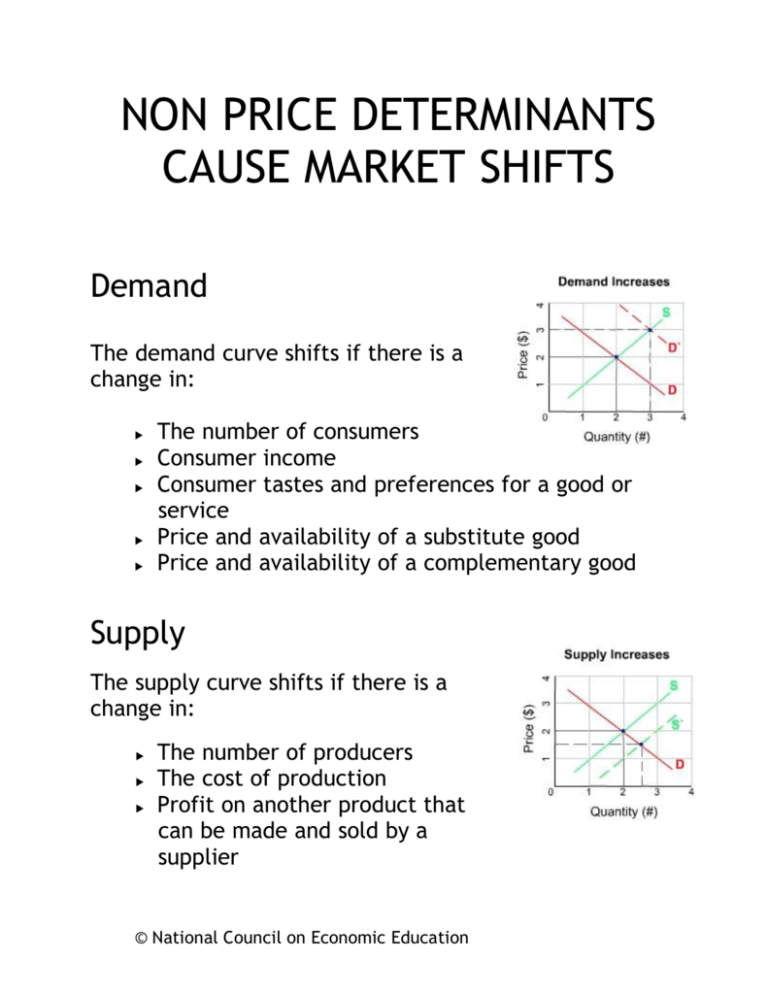
:max_bytes(150000):strip_icc()/Demand-Shifters-5-58bf035b5f9b58af5cabc2d7.png)
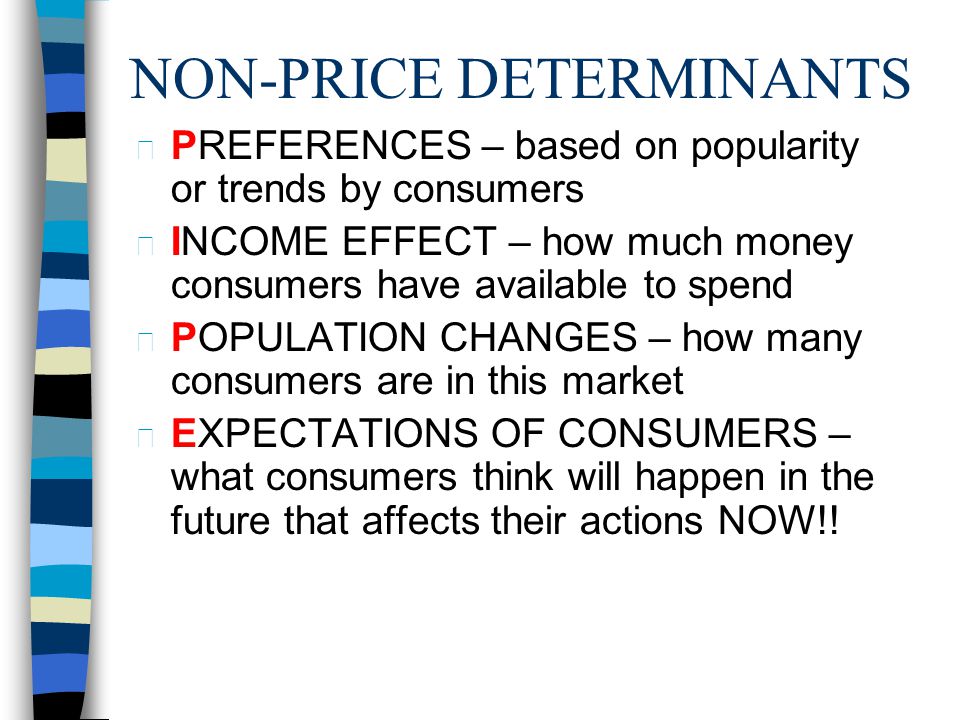

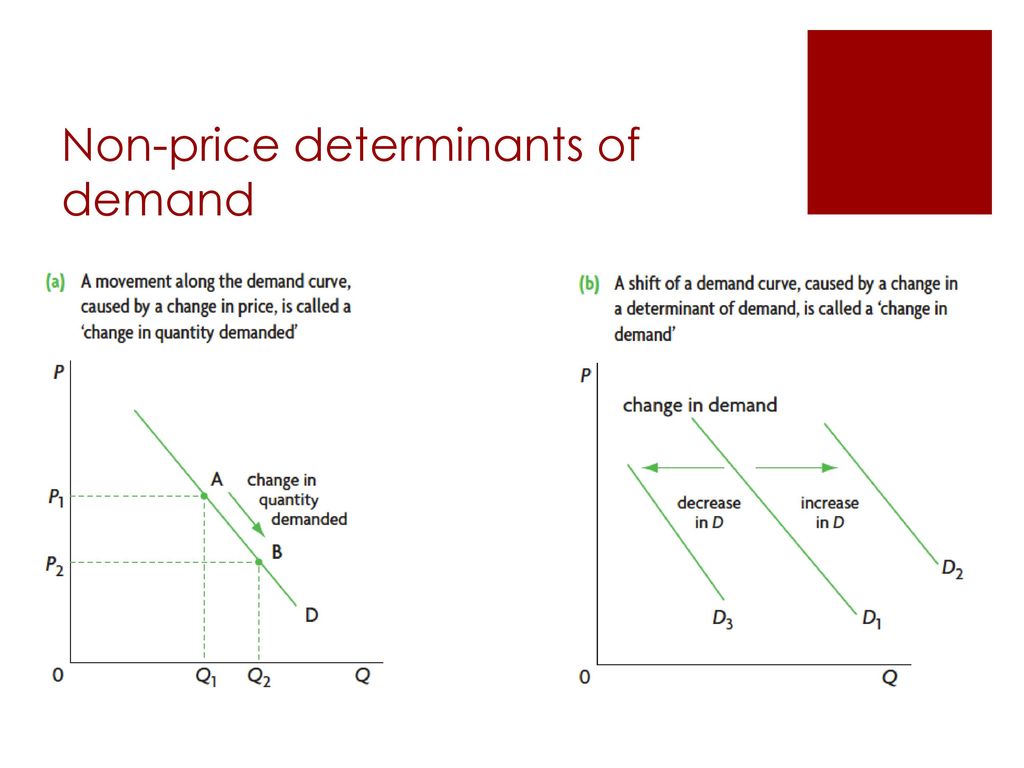
.jpg)


